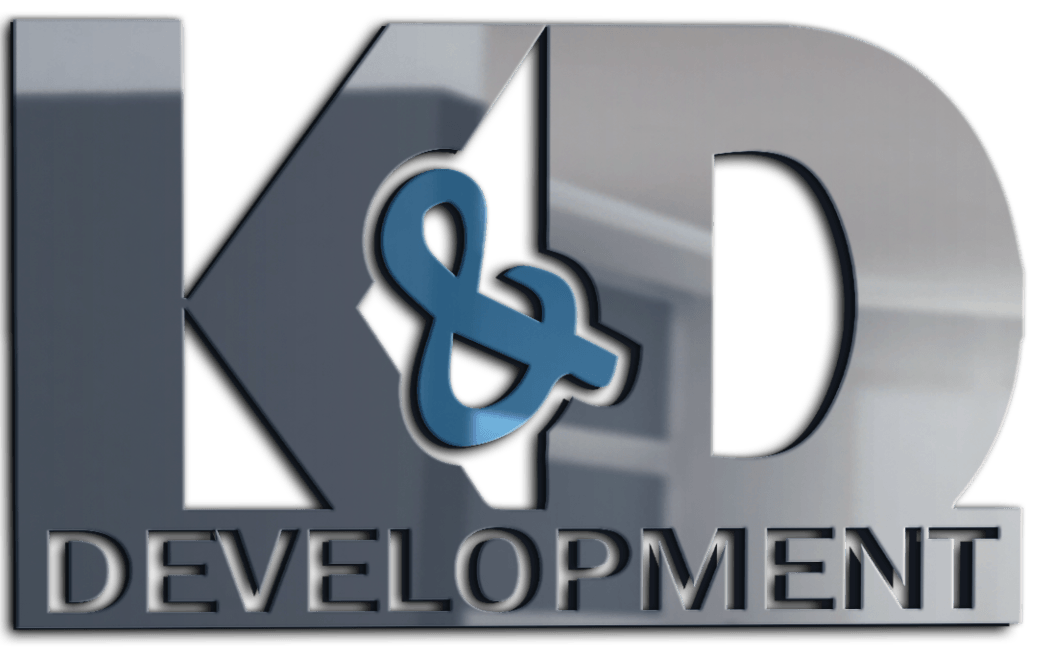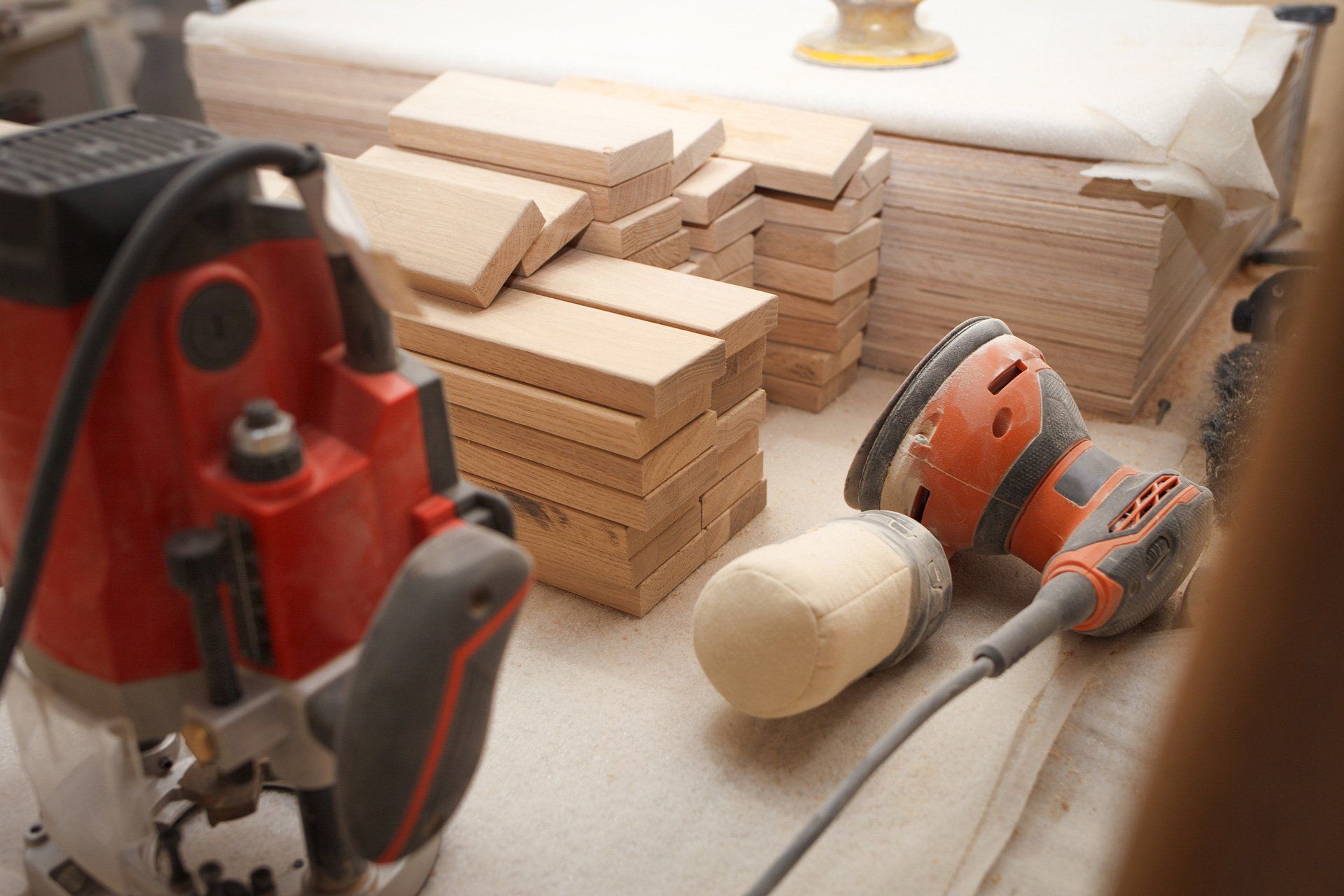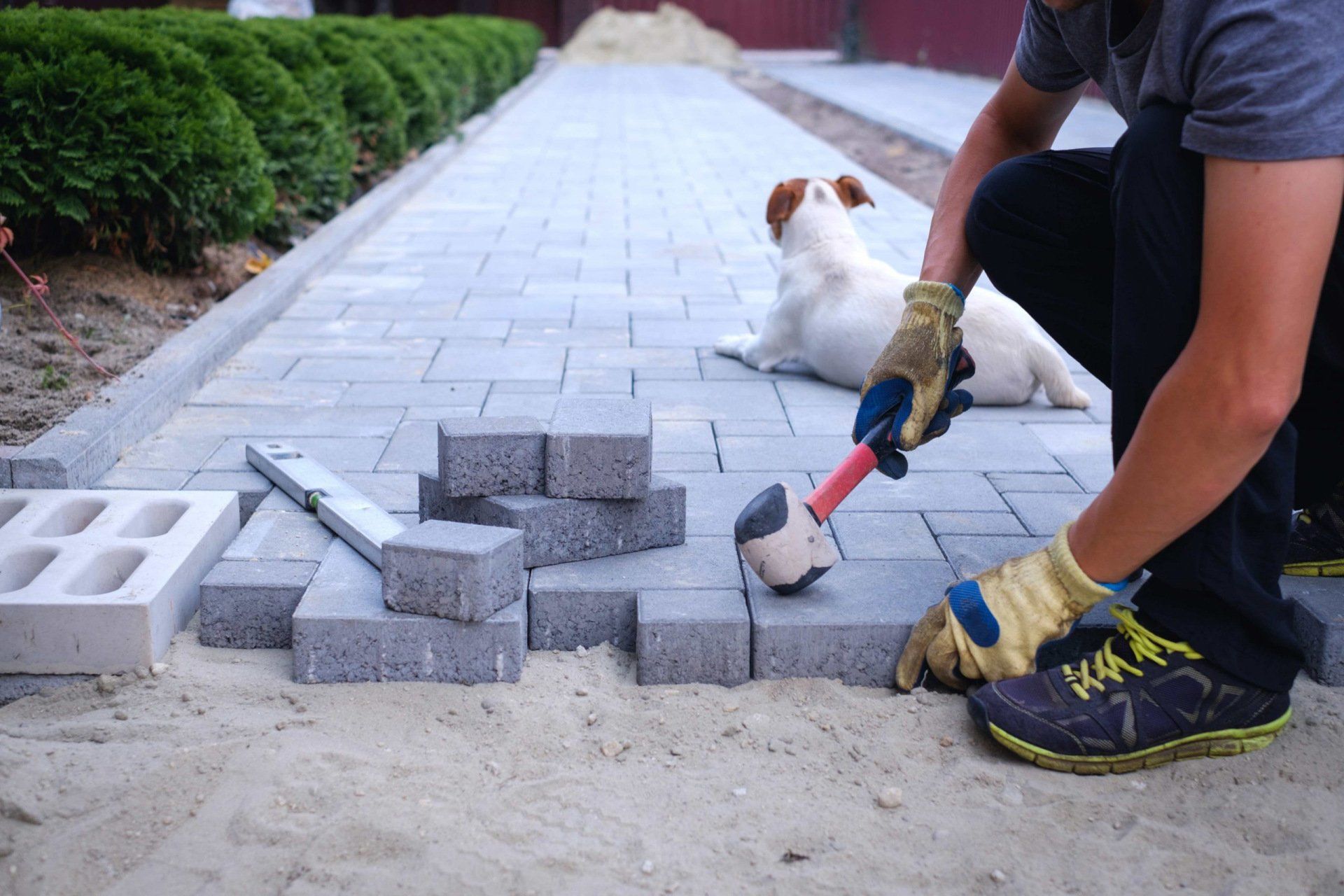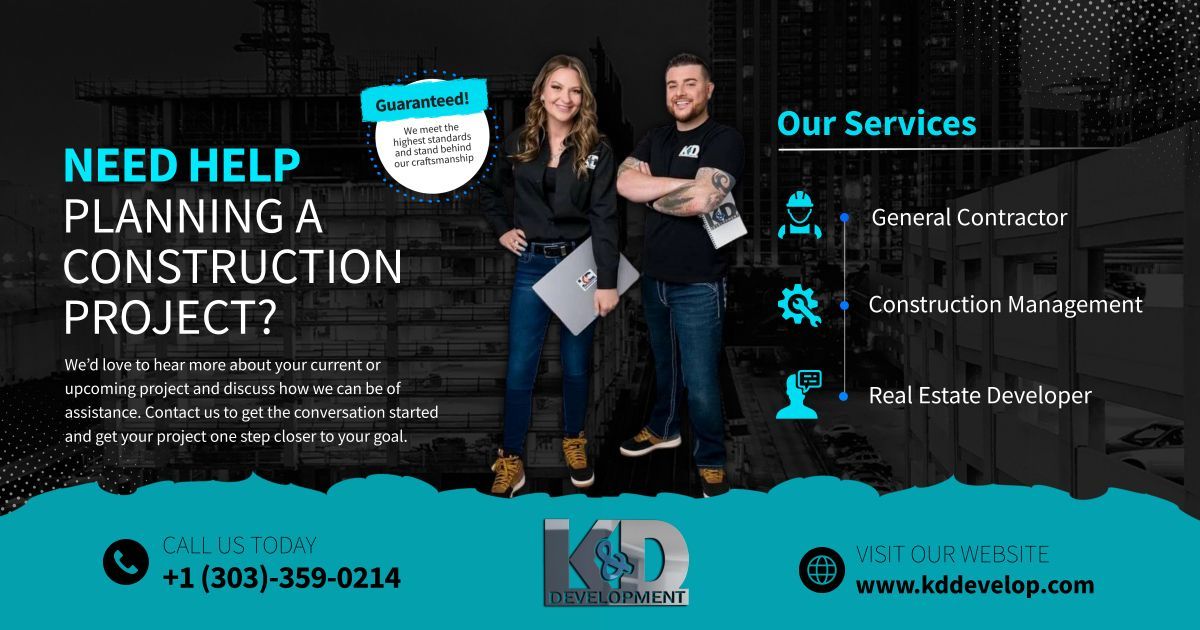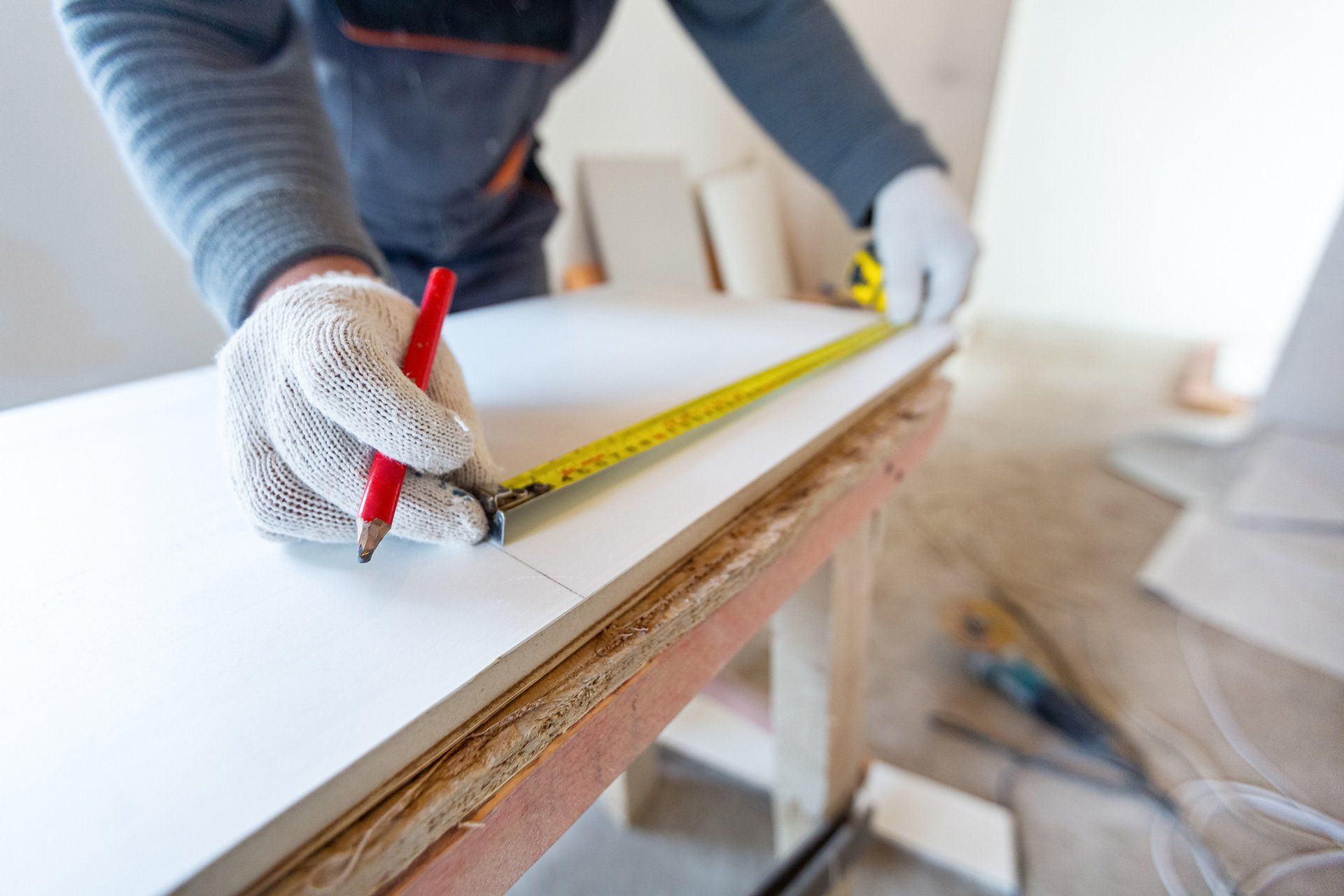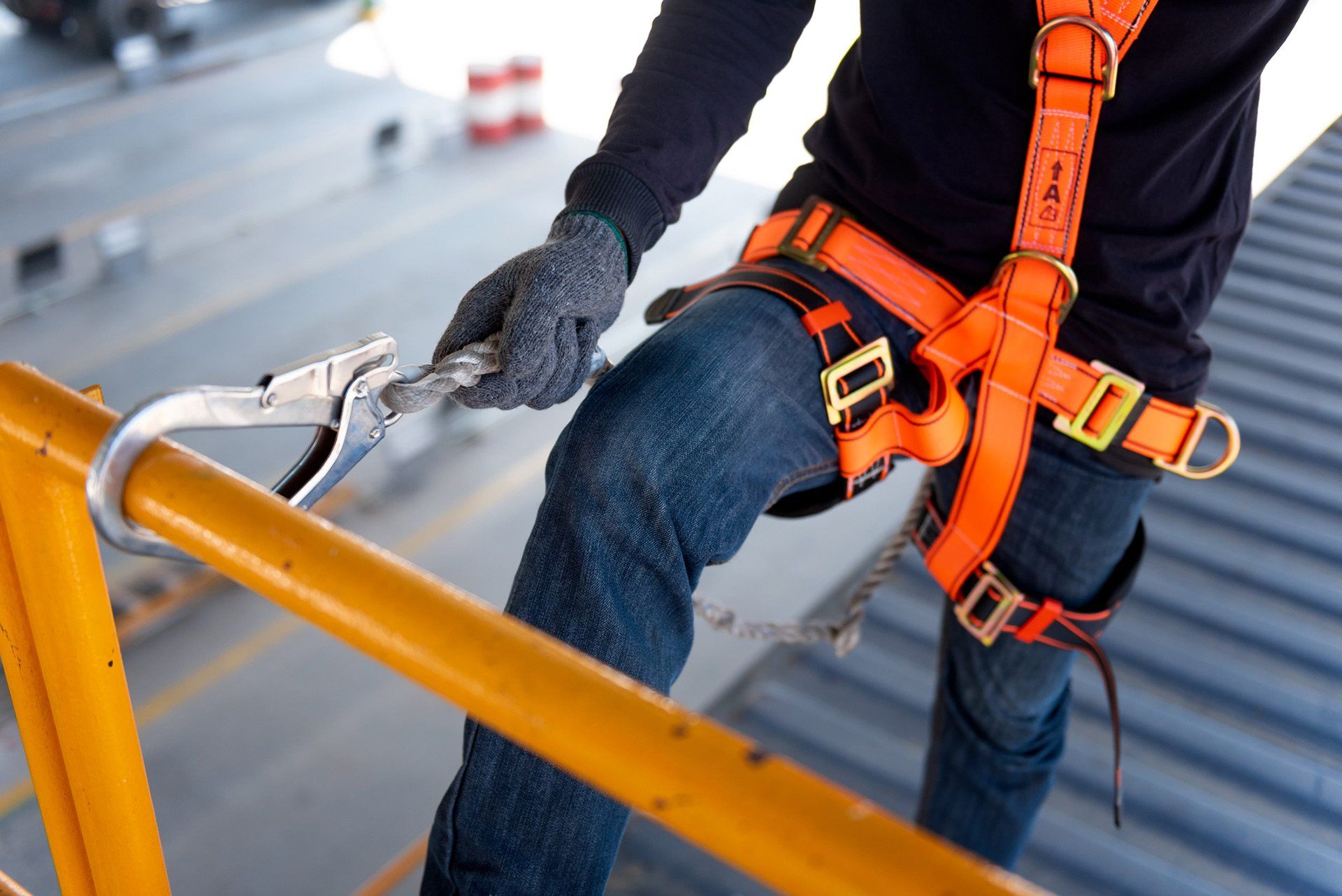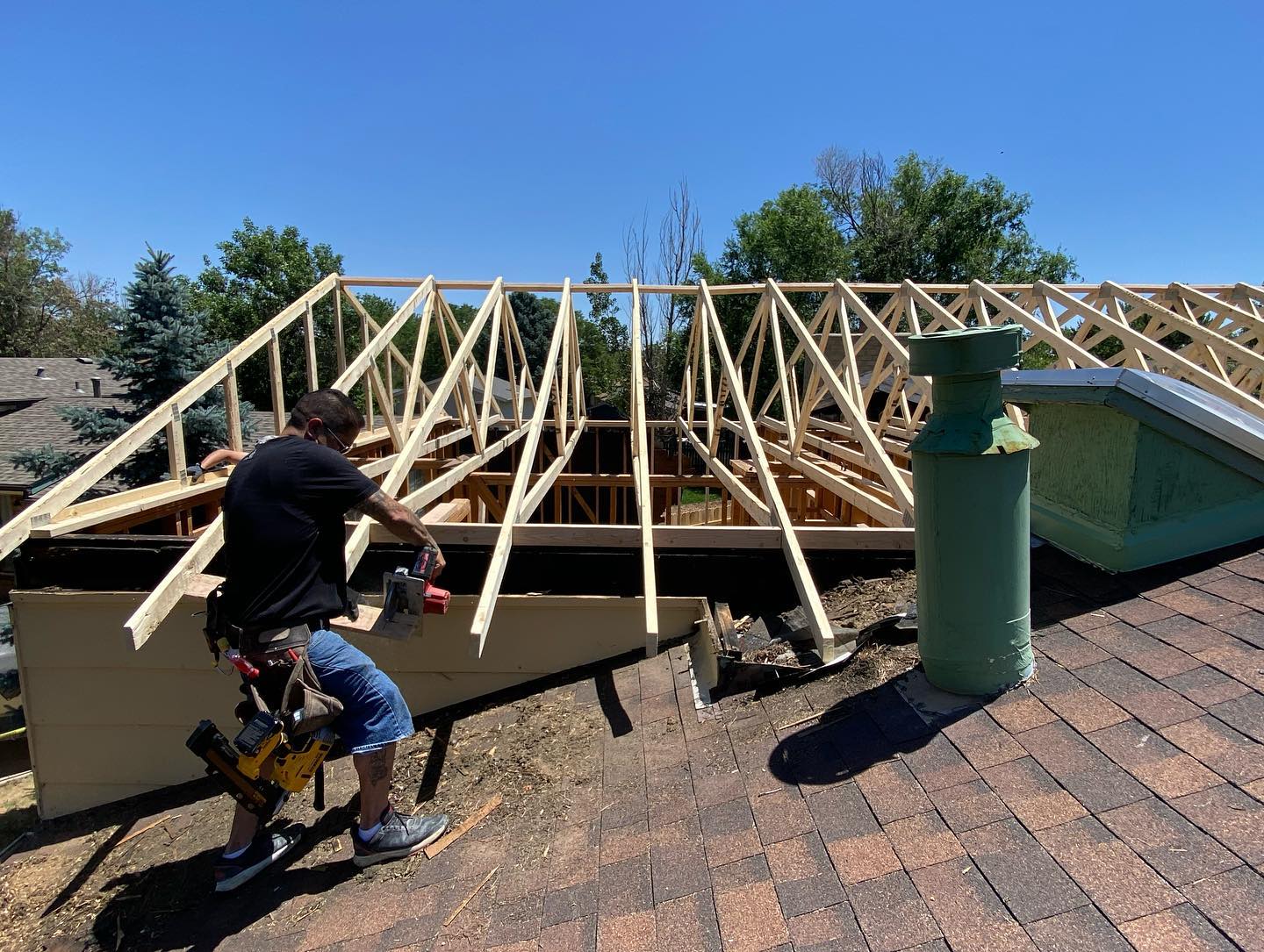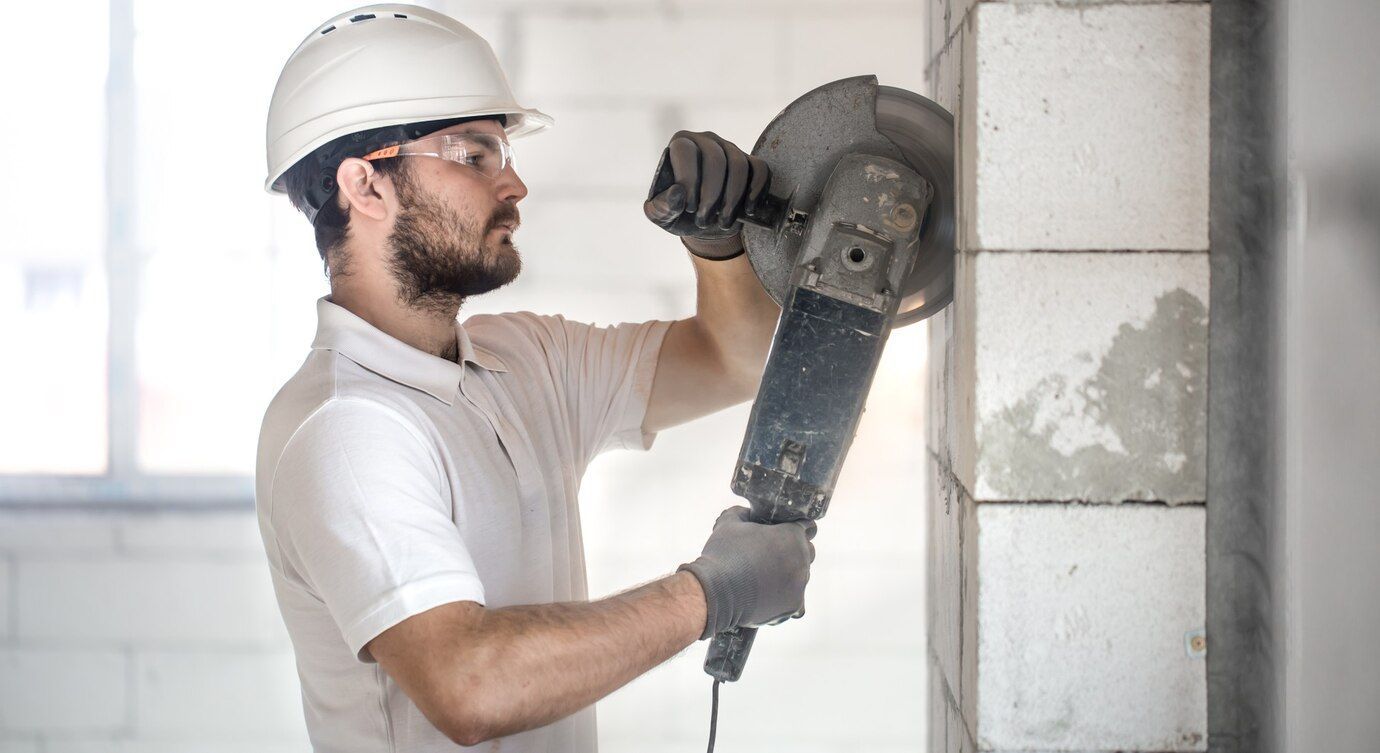Real Estate Construction Development and Sustainability
Real Estate Construction Development and Sustainability
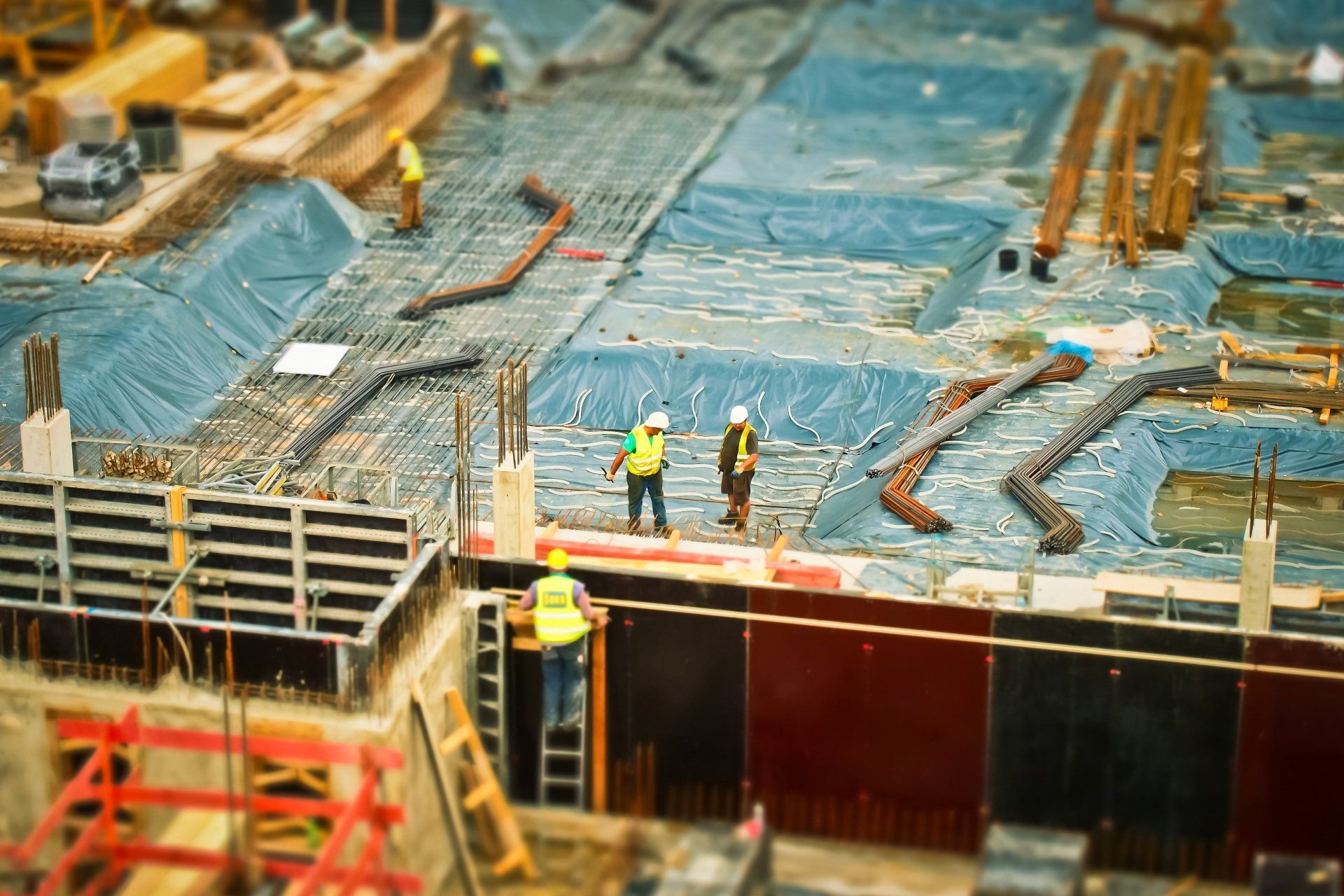
In the heart of every city, there's a story of growth, ambition, and transformation. Real estate development is more than just erecting buildings; it’s about shaping communities and influencing the environment. As urbanization accelerates and climate change becomes a pressing concern, the real estate industry faces a crucial question: how can we build responsibly and sustainably?
We’ll delve into the intricate relationship between real estate construction and sustainability, exploring best practices, innovative solutions, and the vital role of community engagement. Let’s embark on this journey together, highlighting the importance of sustainable development in creating thriving, resilient cities.
The Importance of Sustainable Development
Sustainability in real estate isn’t just a buzzword—it’s a necessity. The construction sector is a significant contributor to global carbon emissions, accounting for approximately 39% of total emissions, according to the Global Alliance for Buildings and Construction. This staggering statistic underscores the need for a paradigm shift toward sustainable practices.
But what does sustainable development mean? At its core, sustainable development is about meeting the needs of the present without compromising the ability of future generations to meet their own needs. In real estate, this translates into environmentally-friendly building practices, resource efficiency, and social responsibility.
Key Principles of Sustainable Construction
Energy Efficiency
The goal is to minimize energy consumption during both the construction and operational phases. This involves utilizing energy-efficient materials and technologies, such as LED lighting, high-efficiency HVAC systems, and energy-efficient appliances.
Sustainable Materials
The choice of materials plays a critical role. Sustainable materials are often recycled, locally sourced, or have a minimal environmental impact. Examples include bamboo, reclaimed wood, and low-VOC (volatile organic compounds) paints.
Water Conservation
Water-saving fixtures, rainwater harvesting systems, and efficient landscaping practices help reduce water consumption and manage stormwater runoff.
Site Selection and Development
Sustainable development considers the ecological impact of site selection. Brownfield redevelopment (the reuse of previously developed land) and infill development (building on vacant lots within existing urban areas) are preferred over sprawling greenfield sites.
Community Engagement
Sustainable development is not just about buildings; it’s about people. Engaging the community in the planning process ensures that developments meet local needs and enhance quality of life.
The Role of Technology in Sustainable Development
Advancements in technology are playing a pivotal role in transforming sustainable construction practices. Here are a few notable innovations:
- Building Information Modeling (BIM): BIM allows architects and developers to create digital models of buildings, enabling better planning and resource management. This technology can help reduce waste and optimize energy efficiency throughout the building’s lifecycle.
- Smart Building Technology: The integration of IoT (Internet of Things) devices in buildings enables real-time monitoring of energy use, occupancy, and environmental conditions. This data-driven approach allows for more efficient energy management and improved occupant comfort.
- Modular Construction: Off-site construction methods, like modular building, can significantly reduce waste and construction time. These prefabricated units are often manufactured in controlled environments, leading to higher quality and lower environmental impact.
The Benefits of Sustainable Real Estate Development
Investing in sustainable real estate offers a multitude of benefits, not just for the environment but also for developers, investors, and communities:
Cost Savings
While the initial investment in sustainable practices may be higher, long-term savings on energy and water bills can be substantial. Additionally, sustainable buildings often qualify for tax incentives and rebates.
Increased Property Value
Sustainable buildings tend to have higher resale values and attract premium rents. Many tenants and buyers today prioritize sustainability, making these properties more appealing.
Health and Well-being
Sustainable buildings are designed to enhance the health and well-being of occupants. Improved indoor air quality, natural light, and green spaces contribute to better physical and mental health.
Community Resilience
Sustainable development promotes social equity and environmental stewardship. By considering community needs and environmental impacts, developers can create resilient neighborhoods that withstand economic and environmental challenges.
Challenges to Sustainable Development
Despite the clear advantages of sustainable construction, several challenges remain. One significant hurdle is the upfront cost of sustainable materials and technologies, which can deter developers. While these expenses may seem daunting, they are often outweighed by long-term savings on energy bills and enhanced property values, making sustainable investments worthwhile in the long run.
Additionally, regulatory hurdles can complicate the implementation of innovative sustainable designs. Navigating complex building codes and zoning laws often requires close collaboration with local authorities to ensure that projects meet both environmental and legal standards. Furthermore, while interest in sustainable properties is on the rise, widespread market demand is still developing, necessitating ongoing education about the benefits of sustainable living.
The Future of Sustainable Real Estate Development
As we look to the future, the need for sustainable real estate development will only intensify. With increasing urbanization and the urgent need to address climate change, the industry must innovate and adapt. Here are some trends that may shape the future of sustainable construction:
Net Zero Buildings
The push for net-zero buildings—structures that produce as much energy as they consume—is gaining momentum. Governments and organizations worldwide are setting ambitious targets to achieve net-zero emissions in the building sector.
Circular Economy Principles
The concept of a circular economy, which focuses on reducing waste and reusing materials, is becoming more prevalent in real estate development. This approach minimizes resource extraction and promotes sustainable practices throughout the lifecycle of a building.
Community-Centric Designs
Future developments will increasingly prioritize community engagement and social sustainability. Creating spaces that foster social interaction and inclusivity will be key to building resilient neighborhoods.
Regenerative Design
Moving beyond sustainability, regenerative design aims to create buildings that positively impact the environment. This includes restoring ecosystems, improving biodiversity, and contributing to the well-being of communities.
Redefining Property Value with Sustainable Practices
As the conversation around climate change intensifies, property value is increasingly influenced by sustainability. Buildings that integrate eco-friendly features, such as energy-efficient systems and sustainable materials, often command higher resale prices and attract premium rents. This shift is driven by a growing number of environmentally conscious buyers and tenants who prioritize green living, leading to increased demand for sustainable properties.
Investing in sustainability not only enhances marketability but also contributes to long-term financial benefits. Energy-efficient buildings typically incur lower operating costs, allowing owners to enjoy higher profit margins. Consequently, developers who prioritize sustainable practices are likely to see their investments appreciated, reinforcing the importance of sustainability in shaping property value.
The Future of Real Estate: A Shift Towards Sustainability
The future of real estate is becoming increasingly aligned with sustainability, reflecting a broader societal shift towards environmental consciousness. As urban populations grow, there is a pressing need for developers to adopt sustainable building practices that minimize environmental impact. Innovations such as green roofs, solar energy integration, and smart building technologies are gaining traction, allowing new developments to address ecological challenges effectively.
Moreover, regulatory frameworks are evolving to support sustainable development, offering incentives for eco-friendly construction. As governments and communities prioritize sustainability, real estate professionals must adapt to these changes. The industry's future lies in embracing sustainable practices that not only meet current market demands but also pave the way for resilient and thriving urban environments.
Conclusion
The intersection of real estate construction and sustainability is shaping the future of urban development. K&D Development located at 2951 W 91st Pl, Federal Heights, CO 80260 United States recognizes the importance of eco-friendly practices in enhancing property value and meeting the growing demand for sustainable living. By integrating innovative technologies and sustainable materials, the company reduces its environmental footprint while creating vibrant communities that thrive for generations. Embracing these principles ensures that projects contribute positively to both people and the planet, positioning K&D Development as a leader in sustainable real estate practices in the region.

We are dedicated to providing commercial and residential contractor services in the Denver Metro Area.
K&D Development
PHONE:
Kurtis- 303-359-0214
BUSINESS HOURS
Mon - Fri: 08:00 AM - 05:00 PM
Sat - Sun: Closed
Business Address:
2951 W 91st Pl, Federal Heights, CO 80260, United States
Copyright © 2025 K&D Development. All Rights Reserved. Powered by
https://globalizedmarketingsolutions.com
